Remnants of an Explosive Past: Images of Springerville Volcanic Field

The Springerville Volcanic Field
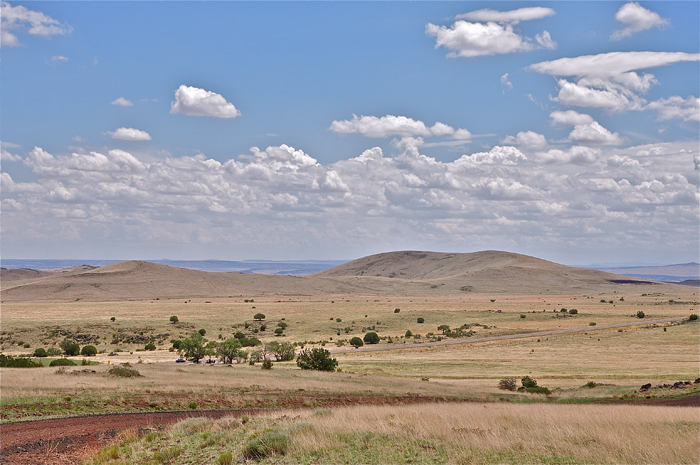
The Springerville Volcanic Field, located on the far eastern edge of the Colorado Plateau in east-central Arizona (near Springerville) and western New Mexico, is a large region of 407 distinct basaltic cinder cones and lava flows.
A large specimen
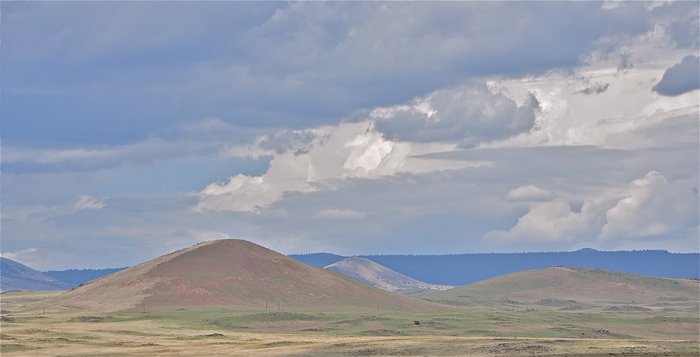
The volcanic field, found in the western United States, is the southernmost of a series of late Cenozoic basaltic fields. Encompassing an area of some 1,200 square miles (3,000 square kilometers), it is the third largest volcanic field found in the continental United States.
Old and aged
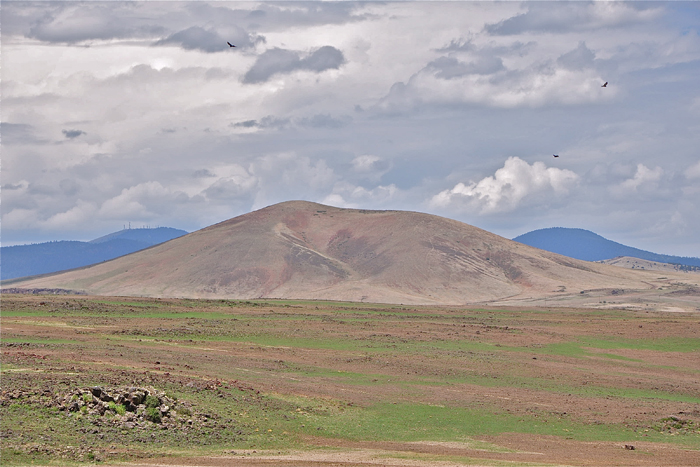
Most of the basaltic lava flow found here occurred between 3 million and 300,000 years ago. There are no stratovolcanoes found within the field suggesting that even though the magma supply flowed for a long period of time, it was too sporadic and too low to create a single, large volcano.
A history of movement
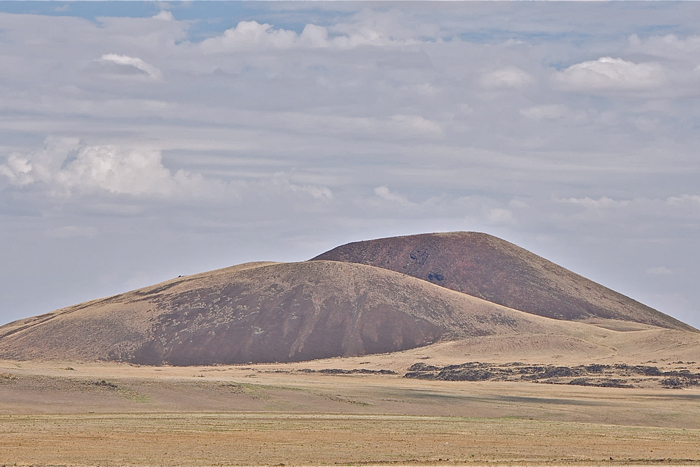
The cinder cones in the western region of the field (near Show Low, Ariz.) are older in age than those found on the eastern boundary, suggesting that the many volcanic vents moved along from west to east along with the North American plate at a rate of about 1.1 inch (2.9 centimeter) per year. The density of cinder cones is greatest in the south-central part of the volcanic field.
How they become
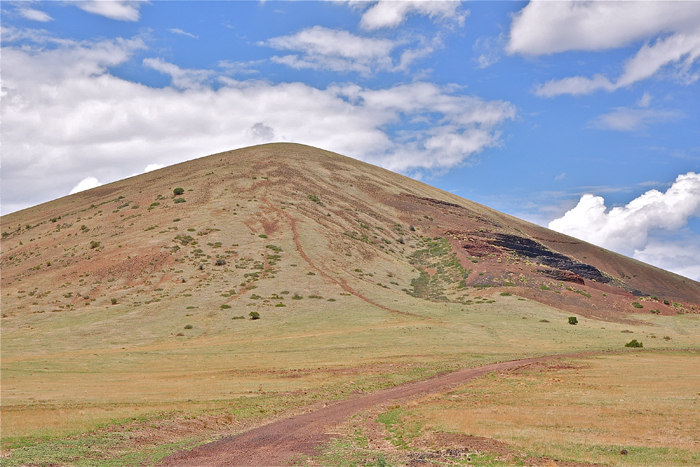
Cinder cones are created by the eruption of semi-molten volcanic rock and spatter blown up into the air as red-hot fragments. These fragments adhere together as they cool and fall back to earth around the vent hole creating a conical hill. Almost all the cinder cones of the Springerville Volcanic Field have a corresponding lava flow that once oozed from the cone and solidified.
The makings of basalt
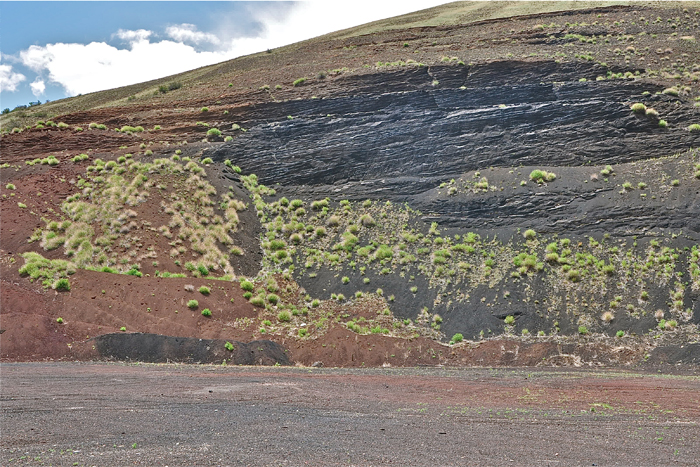
Olivine phyric basalt makes up about 46 percent of the volcanic outcroppings found in the volcanic field, making it the most common rock found there. Diktytaxitic basalt is the second-most common rock and is found in 32 percent of the field's outcroppings. Chemically, the rocks found here are tholeiite, basanite, mugearite, hawaiite, benmoreite and alkali olivine basalt.
What's left from so long ago
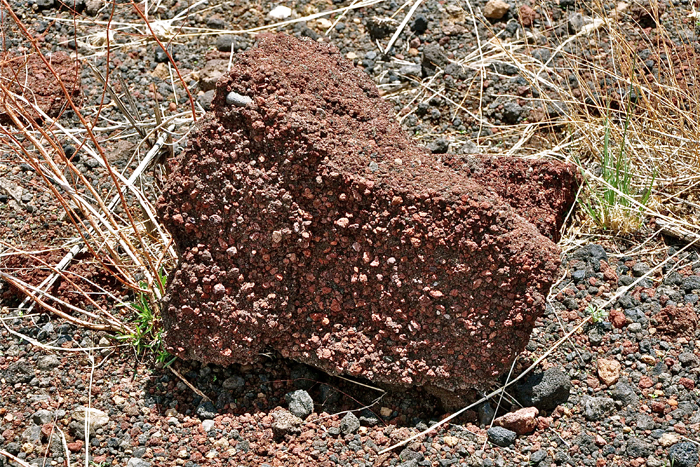
The pyroclastic deposits (created by fast-moving flows of ash, lava fragments and volcanic gas) of the Springerville Volcanic Field are a mixture of clinkery cinder, fluidal agglomerate, spatter and bombs. Evidence of gas-rich eruptions is shown by the small particle size resulting from the increased fragmentation of the magma during the final stages of ascent up the volcanic vent.
Get the world’s most fascinating discoveries delivered straight to your inbox.
What else is left?
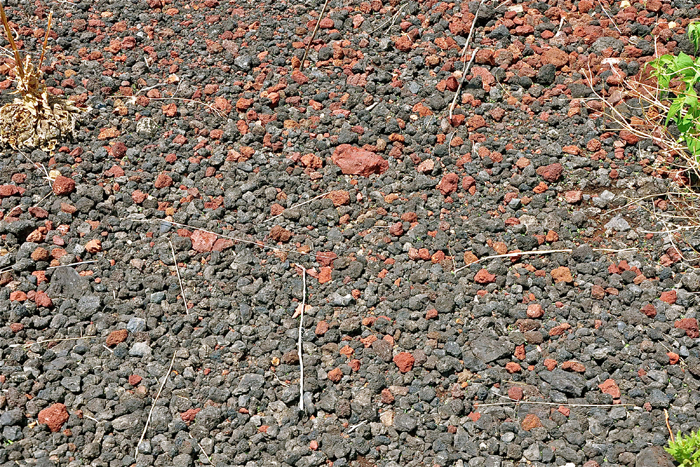
The basaltic pyroclastic deposits are commonly colored black and shades of red. Basalt weathers at a faster rate than all other igneous (or volcanically created) rocks and because of its high iron content, basalt will weather to a reddish color.
The land of basalt rocks
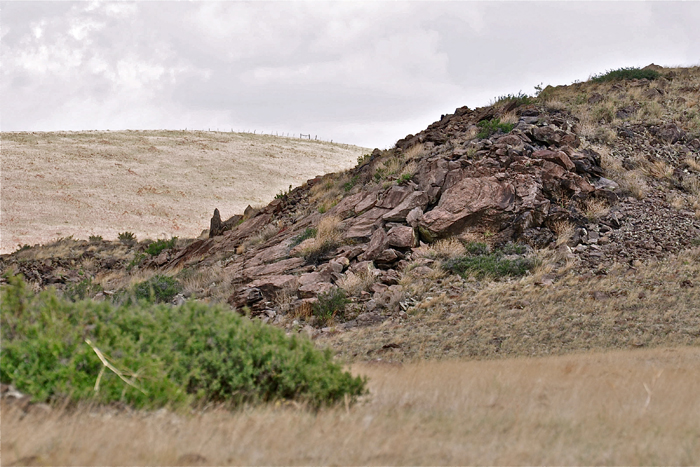
Since the Little Colorado River flows through the Springerville Volcanic Field, man has long called the ancient volcanic land homes. The Casa Malpais Archeological Site was built at the base of what is now known as the Coyote Hills lava flow. Early Spanish Conquistadors called this land of basalt rocks "Malpais," meaning "bad feet" or "bad land." The abrasive nature of the lava rocks wore heavily on the feet of both man and beast.
The first known adventurer
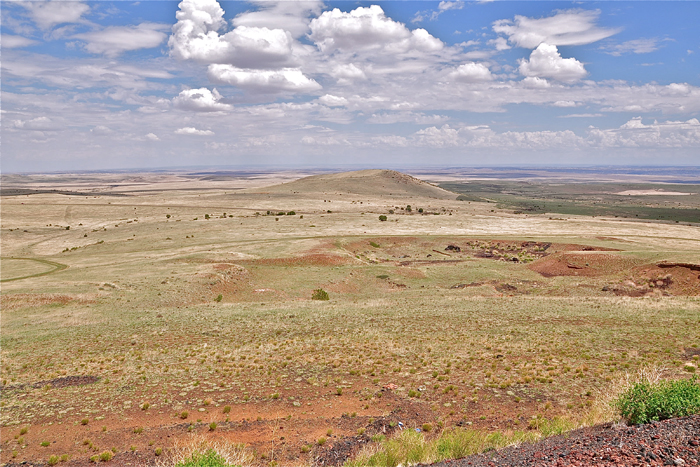
The first European known to travel over this land was Francisco Vásquez de Coronado, who led his army over the landscape in 1540 in search of the legendary Seven Cities of Gold known as Cibola. Coronado did not find cities of gold but did open up a new land not previously known for European exploration.
Little change over the years
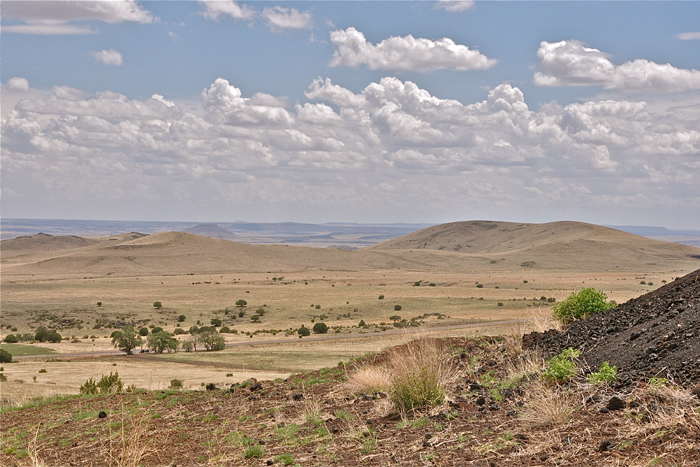
Today, travelling along one of the several highways that crisscross the Springerville Volcanic Field allows modern explorers to view a volcanic landscape little changed from what Coronado and his men first saw. Some of the cinder cones have been mined for their cinders to be used in road and other forms of construction. But the many undisturbed cinder cones still stand as a testament to a geological time when steam, molten rock and ash were the common sights of each and every day.


